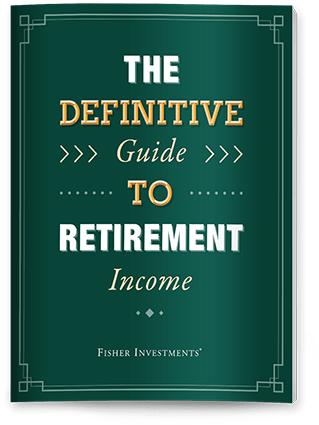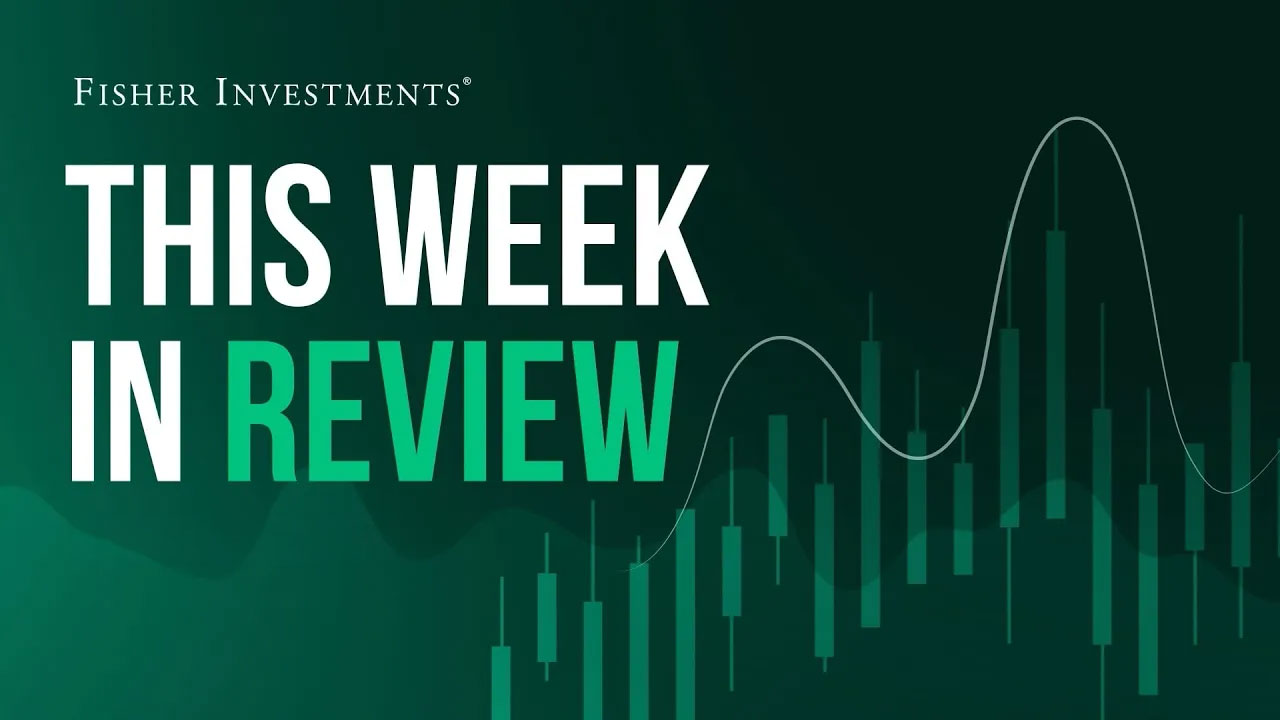Personal Wealth Management / Economics
Key Considerations on a Down Day With Drab Data
Resist the temptation to draw sweeping conclusions.
Stocks seemingly snapped a month-long flat stretch Thursday, but not in a good way. The S&P 500 fell -2.5% in price terms, with many pundits blaming a batch of weak US economic data for fanning recession fears.[i] An easy enough narrative to weave, but one that ignores a basic tenet: Markets are forward-looking, pre-pricing events about 3 – 30 months out. If the litany of forecasts and surveys hitting headlines in recent months is a reliable guide, stocks have spent much of this year discounting recession risk. Bad data and bad returns coincided Thursday, yes, but we think it is an error to draw sweeping conclusions for the economy or stocks based on this development.
Yes, Thursday’s most-watched reports weren’t pretty. November industrial production fell -0.2% m/m, but the underlying data reversed from October.[ii] Then, headline output fell -0.1% as a -1.3% drop in utilities output, due perhaps to a warmer-than-expected October in some parts, wiped out a 0.3% rise in manufacturing output.[iii] In November, chilly weather brought a 3.6% m/m jump in utilities production, but manufacturing sank -0.7%.[iv] High-tech-related production held up rather well, but auto and non-durable goods output sank, implying rather broad-based weakness.
November retail sales told a similar story, falling -0.6% m/m.[v] Some coverage bemoaned that this drop occurred despite Black Friday and holiday discounting, seemingly forgetting that the Commerce Department seasonally adjusts the data for these things. A lot of the decline came from falling auto sales, and given the corresponding drop in auto output, it is tough to determine whether this is a supply or demand problem. DIY-type stores also saw big declines (-2.5% m/m), which may be a trailing indicator of the real estate slowdown.[vi] Clothing (-0.2%) and general merchandise stores (-0.1%) endured much milder declines, while restaurants enjoyed another nice month with 0.9% growth.[vii] None of these data are inflation adjusted, which clouds the results.
So, yah, bad. But, crucially, not new. On the retail sales front, July was similarly bad. It turned out to be an outlier in an otherwise decent year—and it translated to a much milder, one-off consumer spending drop of only -0.1%.[viii] Meanwhile, industrial production fell in five of seven months through November, with manufacturing down -0.4% m/m in May and -0.7% in June.[ix] But factories enjoyed a summertime rebound. And, perhaps more compelling, the consumer spending and business investment portions of GDP, which (along with real estate) best reflect total private sector activity, grew in all three completed quarters year to date. That tells you something very important: hiccups in monthly data are normal and don’t necessarily mean recession is underway. Perhaps November’s bad data will prove to be the start of a recession this time, but it isn’t guaranteed, and nothing in the data make it likelier to happen now than it was earlier this year.
As for stocks, at the risk of playing a broken record, it is important to remember markets lead the economy. Not the other way around. When a bear market (typically a long market decline worse than -20% with a fundamental cause) and recession strike near each other, stocks typically register the downturn before it shows in economic data. Or, much more simply, the bear market starts before the recession is apparent. Sometimes stocks peak well before output does, seeing the downturn’s leading indicators and pricing in the eventual impact on corporate earnings. This year, the S&P 500’s bear market began on January 3. The low, to date, is October 12. During that span, stocks fell -24.5% in total return terms.[x] That magnitude of a drop is quite consistent with what we would expect ahead of a mild recession.
So ask yourself: If stocks have already done what they usually do ahead of a recession, how much genuine, negative surprise power do bad data have on a forward-looking basis? The latest Wall Street Journal survey, conducted in October, showed economists see a 63% chance of recession in the next year.[xi] Bank of America’s December fund manager survey showed similar expectations. The latest Fed forecasts, released yesterday, penciled in modest GDP growth for 2023, but most observers keyed in on the forecasted rise in the unemployment rate to presume policymakers anticipate an early-year downturn. Stocks aren’t blind to any of this. Nor have they ignored financial headlines’ many, many warnings that rapid inflation and high energy prices risked wrecking consumer spending, investment and the economy at large. If all of these fears have weighed on stocks this year, as we think they have, what is left?
Consider a possibility headlines don’t spend much time on: that a run of bad data ends the uncertainty over whether or not a recession happens. Investors see the extent of the damage and see their fears as confirmed. Perversely, that helps them move on, and stocks start pre-pricing the eventual recovery. We aren’t saying this is a for-sure outcome, and we aren’t forecasting a recession. Rather, we are illustrating a very common thing in markets, which is that the thing everyone fears actually happens, but stocks don’t react the way everyone expected them to, because they pre-priced the fear. That is a possibility now. Another possibility is that the US avoids recession, with ongoing double-digit loan growth continuing to power spending and investment, defying all the dread in the process. After all, it would be highly unusual for a recession to begin when lending is so abundant, considering lent funds don’t sit gathering dust. They circulate, fueling activity—and growth. That would beat today’s dreary expectations, also laying the foundation for a stock market recovery.
Mentally connecting bad data and a bad day for stocks will blind folks to these alternate potential outcomes, which is a big reason we suggest not doing it. Financial headline writers are in the business of making these connections. Sometimes they are right, capturing the day’s sentiment, and sometimes stocks fall just because it is Thursday. Short-term moves are always fickle, often illogical and never predictable. Heck, it is entirely possible that while everyone was looking at the data, stocks were registering their disapproval of the big potential overhaul to market-making rules that regulators unveiled yesterday. There are always numerous potential explanations for any single day’s market movement, good or bad.
This is why we always encourage folks to think longer term and not get hung up on the daily swings. Dwelling on the ups and downs risks triggering short-sighted decisions. Thinking longer-term and remembering your goals and needs—why you are investing in the first place—is the best way we know to capture the market’s long-term returns.
[i] Source: FactSet, as of 12/15/2022. S&P 500 price return on 12/15/2022.
[ii] Source: FactSet, as of 12/15/2022.
[iii] Ibid.
[iv] Ibid.
[v] Ibid.
[vi] Ibid.
[vii] Ibid.
[viii] Ibid.
[ix] Ibid.
[x] Ibid. S&P 500 total return, 1/3/2022 – 10/12/2022.
[xi] “Economists’ Expectations for a Recession Rise Ahead of Election Day,” Staff, The Wall Street Journal, 10/17/2022.
If you would like to contact the editors responsible for this article, please message MarketMinder directly.
*The content contained in this article represents only the opinions and viewpoints of the Fisher Investments editorial staff.
Get a weekly roundup of our market insights
Sign up for our weekly e-mail newsletter.

See Our Investment Guides
The world of investing can seem like a giant maze. Fisher Investments has developed several informational and educational guides tackling a variety of investing topics.



